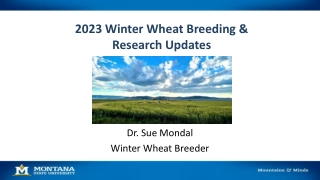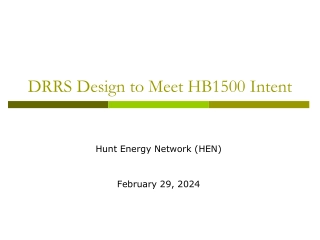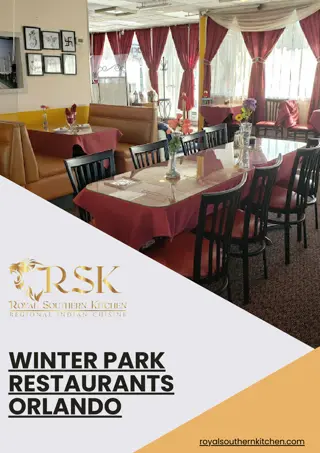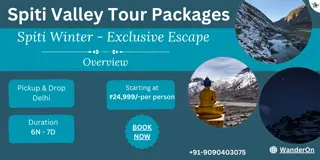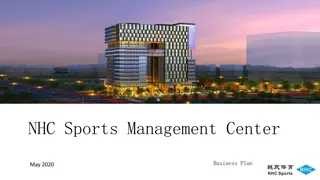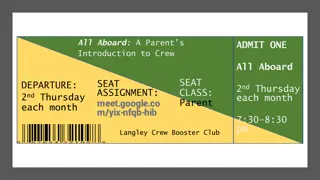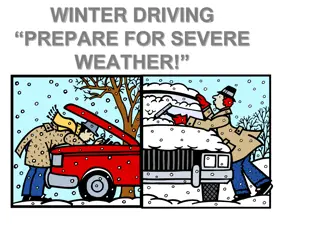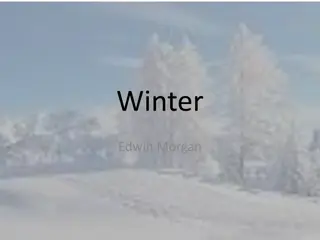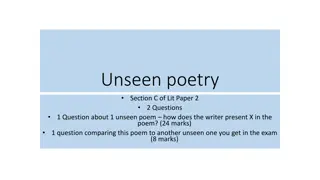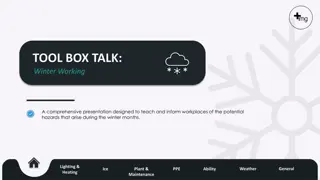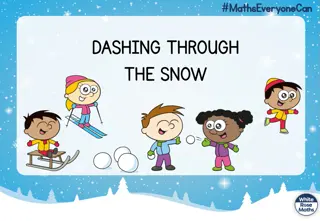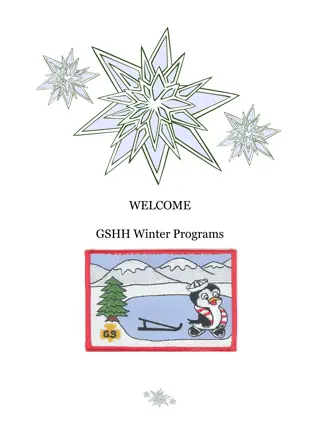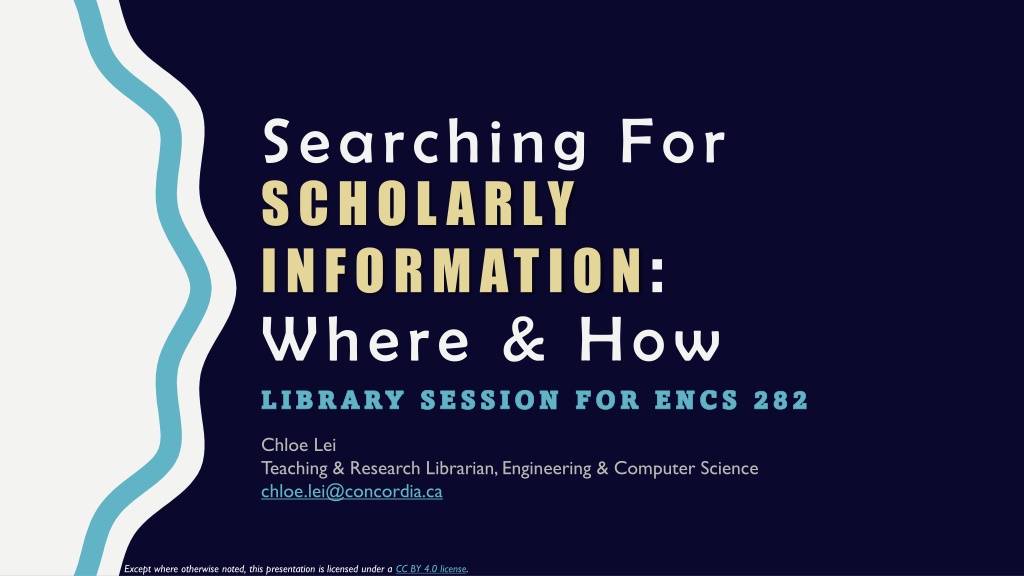
Exploring Scholarly Information Sources and Search Tools
Discover the essentials of finding scholarly information sources, evaluating their credibility, and accessing library tools in the field of engineering and computer science. Learn about search tools like Google Scholar, library databases, and the impact of AI on search functionalities.
Download Presentation

Please find below an Image/Link to download the presentation.
The content on the website is provided AS IS for your information and personal use only. It may not be sold, licensed, or shared on other websites without obtaining consent from the author. If you encounter any issues during the download, it is possible that the publisher has removed the file from their server.
You are allowed to download the files provided on this website for personal or commercial use, subject to the condition that they are used lawfully. All files are the property of their respective owners.
The content on the website is provided AS IS for your information and personal use only. It may not be sold, licensed, or shared on other websites without obtaining consent from the author.
E N D
Presentation Transcript
Searching For SCHOLARLY INFORMATION: Where & How LIBRARY SESSION FOR ENCS 282 LIBRARY SESSION FOR ENCS 282 Chloe Lei Teaching & Research Librarian, Engineering & Computer Science chloe.lei@concordia.ca Except where otherwise noted, this presentation is licensed under a CC BY 4.0 license.
AGENDA 1. Where to search? 2. How to evaluate? 3. What are scholarly sources? 4. How to access library tools?
WHA T SEA R CH T OOL DO YOU U SE T O F I N D A CA DEMI C I N F OR MA T I ON ?
WHAT IS THE DIFFERENCE? GOOGLE SCHOLAR LIBRARY DATABASES Volume | Quantity | Quick Depth | Quality | Thorough Left image: Yinan Chen, Dining Court, public domain, https://pixabay.com/photos/dining-court-shopping-mall-corridor-347314/ Right image: Jason Briscoe, Cooking, public domain, https://unsplash.com/photos/VBsG1VOgLIU
WHERE SHOULD YOU SEARCH? Library Discovery Tool IEEE Xplore (Library Database) Grey literature (e.g. government documents, NGO reports, working papers, newsletters, patents, preprints) Engineering Village (Library Database) Google/Google Scholar
H O W IS U SING CH ATG P T D IF F ERENT F ROM G OOG L ING?
HOW ARE THEY DIFFERENT? GOOGLE CHATGPT Information retrieval Index of web-based information Information generation Human-like responses to prompts List-based results, one-way interaction Conversation-based results, often very persuasive Retrieve results based on ranking algorithms (e.g. keyword matching, relevance, page linking) Generate unique responses based on what it has learned about patterns and sequences of words from massive training datasets
THE SEARCH AS WE KNOW IT IS CHANGING GenAI-powered functionality is being introduced in major search engines such as Google and Bing The AI Overview does point to actual links, but the summary is subject to hallucination/confabulation Google has the disclaimer Generative AI is experimental in its AI Overview
ACKNOWLEDGING THE USE OF AI TOOLS OR AI- GENERATED CONTENT BE TRANSPARENT AND DOCUMENT THE PROCESS Acknowledge functional uses (e.g. edit a passage, generate an outline, summarize an article) of AI tools where appropriate (e.g. Introduction, Declaration, Method). Provide a citation whenever you paraphrase, quote, or incorporate into your own work any content (e.g., text, image, data) that was created by AI tools. Include the prompt used in the text. For long responses and interactions, provide it as an appendix or as a direct link (via a browser extension like ShareGPT or A.I. Archives) An example in IEEE style: When prompted with Is the left brain right brain divide real or a metaphor? the ChatGPT- generated text indicated that although the two brain hemispheres are somewhat specialized, the notation that people can be characterized as left-brained or right-brained is considered to be an oversimplification and a popular myth [1]. [1] Text generated by ChatGPT, OpenAI, May 21, 2024, https://chat.openai.com/chat. Adapted from Citing AI-generated content in Chicago Manual of Style and a FAQ in Chicago Manual of Style.
EVALUATING INFORMATION STRATEGIES AND CONSIDERATIONS
THINK, PAIR, SHARE Talk to the person next to you for 5 minutes: What are some ways to ensure that the information you find online is accurate and reliable?
EVALUATING INTERNET INFORMATION What do fact checkers do? Spend more time scanning the snippets on the results page before clicking Know what you read before you read it More lateral reading than vertical reading Caulfield, M. (2019, June 19). SIFT (The Four Moves). Hapgood. https://hapgood.us/2019/06/19/sift-the-four-moves/ Wineburg, S., & McGrew, S. (2019). Lateral Reading and the Nature of Expertise: Reading Less and Learning More When Evaluating Digital Information. Teachers College Record, 121(11), 1 40. https://doi.org/10.1177/016146811912101102
BE MORE INTENTIONAL Consider these factors as much as possible Who is behind the information? What is the evidence? What do other sources say? Who is the intended audience? What is scope/depth/breadth? How current is the information? Do the sources confirm or contradict with your prior beliefs? Caulfield, M. (2019, June 19). SIFT (The Four Moves). Hapgood. https://hapgood.us/2019/06/19/sift-the-four-moves/ Wineburg, S., & McGrew, S. (2019). Lateral Reading and the Nature of Expertise: Reading Less and Learning More When Evaluating Digital Information. Teachers College Record, 121(11), 1 40. https://doi.org/10.1177/016146811912101102
TYPES OF INFORMATION SOURCES WHAT IS CONSIDERED SCHOLARLY?
NAVIGATING SCHOLARLY INFORMATION ANSWER POLL QUESTIONS ON MENTIMETER
CONTEXTUALIZE THE PROBLEM WITH INFORMATION You need to design a playground for a You need to design a playground for a neighbourhood neighbourhood Economical Environmental Legal Social Political Cultural Historical Trade magazines Government data and statistics Photos Encyclopedias Materials properties Books Handbooks Standards and codes Technical reports Conference proceedings Maps Research articles Van Epps, A., & Cardella, M. (2013). Scout the lay of the land: Understanding the broader context of a design project. In M. Fosmire & D. Radcliffe (Eds.), Integrating Information into the Engineering Design Process (pp. 101-114). West Lafayette: Purdue University Press.
LIBRARY DISCOVERY TOOL THE MAIN LIBRARY SEARCH TOOL
LIBRARY DISCOVERY TOOL Front and centre on the library homepage A good starting point for a general search across library resources Answer questions such as: o Does the library have this book? o Does the library have this journal article? o Does the library have some background/overview information on a topic?
LIBRARY DISCOVERY TOOL A search for a broad keyword such as blockchain Refine options include: Format types (e.g. ebooks) Publication years Shows results with Concordia full text access by default Easily expand to other university libraries in Qu bec or Worldwide Easily make requests for items from other university libraries
LIBRARY DATABASES OVER 400 OF THEM ORGANIZED BY DISCIPLINE
LIBRARY DATABASES Content is usually more in-depth and specialized More options to search, expand, or refine Answer questions such as: o Where can I find journal articles on a specific aspect of a topic o How can I combine different elements/keywords in a search?
ENGINEERING VILLAGE A CLOSER LOOK AT AN ENGINEERING DATABASE
WHAT CONTENT IS INCLUDED? With a coverage of 1884 to the present, the three indexes Compendex, Inspec, and GEOBASE provide content in general engineering as well as more specialized engineering disciplines. Compendex Inspec GEOBASE
IS THE CONTENT PEER-REVIEWED? Journal articles are peer-reviewed Some conference articles/proceedings are peer-reviewed Recently, preprints have been included in the results in Compendex Preprints are NOT peer-reviewed, but are helpful in exploring the latest papers
HOW TO ACCESS FULL TEXT? Full text may be readily available. If not, the Find it @ Concordia button can help check for full text availability in the library. Full text button, if one exists Find it @ Concordia button to check the library s other subscriptions. If not available, request it via Interlibrary Loan.
INTERLIBRARY LOAN If Concordia Library doesn t have it, use Interlibrary Loan Takes a few days or longer to process depending on the item
A QUICK DEMO OF ENGINEERING VILLAGE
HELP & HOW-TO GUIDES Subject guides are available for all schools, including one for Engineering and Computer Science. General guides cover various topics from peer review articles to annotated bibliography.
ASK A LIBRARIAN Contact the library in-person, by email, chat, or phone. Contact your subject librarian (that s me!)

